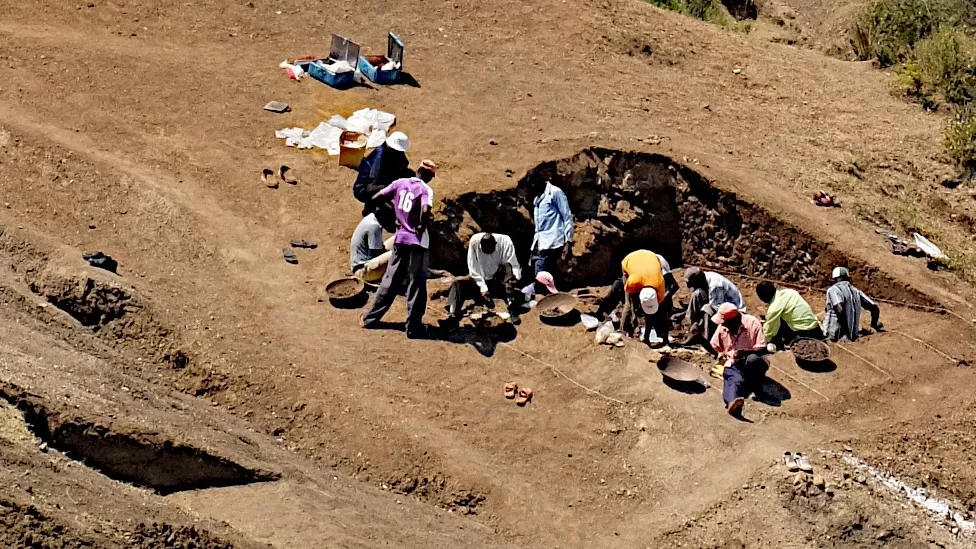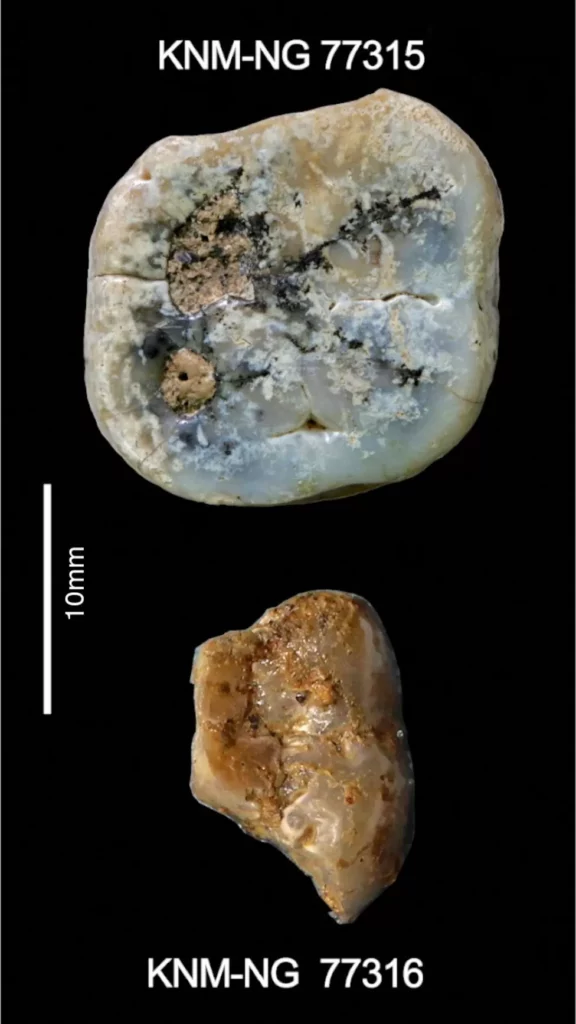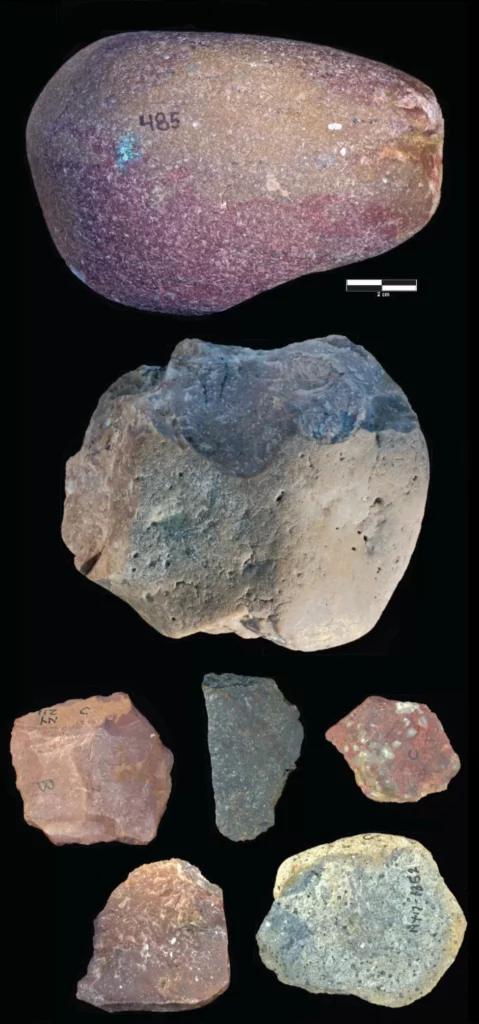Extinct Human Cousins May Have Also Used Tools

Archaeologists in Kenya have dug up some of the oldest stone tools ever used by ancient humans, dating back around 2.9 million years.
It is evidence that the tools were used by other branches of early humans, not just the ancestors of Homo Sapiens.
The tools were used to butcher hippos and pound plant materials like tubers and fruit, the researchers said.
Two big fossil teeth found at the site belong to an extinct human cousin, known as Paranthropus.
Scientists had previously thought that Oldowan tools, a kind of simple stone implement, were only used by ancestors of Homo Sapiens, a grouping that includes our species and our closest relatives.
However, no Homo Sapien fossils were found at the excavation site in Nyayanga on the Homa Peninsula in western Kenya.
Instead, there were two teeth – stout molars – from the Paranthropus genus that had combined ape-like and human-like traits, along with 330 stone tools.

“With these tools you can crush better than an elephant’s molar can and cut better than a lion’s canine can,” said Prof Rick Potts, of the Smithsonian National Museum of Natural History, a senior author of the study.
“Oldowan technology was like suddenly evolving a brand new set of teeth outside your body, and it opened up a new variety of foods on the African savannah to our ancestors.”
“The association of these Nyayanga tools with Paranthropus may reopen the case as to who made the oldest Oldowan tools. Perhaps not only Homo, but other kinds of hominins were processing food with Oldowan technology,” said anthropologist Thomas Plummer of Queens College in New York City, lead author of the research published in the journal Science.
The latest find of the Oldowan tools show that they were a significant upgrade in sophistication compared to earlier crude stone tools dated to as early as 3.3 million years old, before the emergence of the Homo genus, researchers said.
Other hominins existing at the time included the genus Australopithecus, known for the famous even-older fossil “Lucy” which was found in 1974 in northern Ethiopia.
